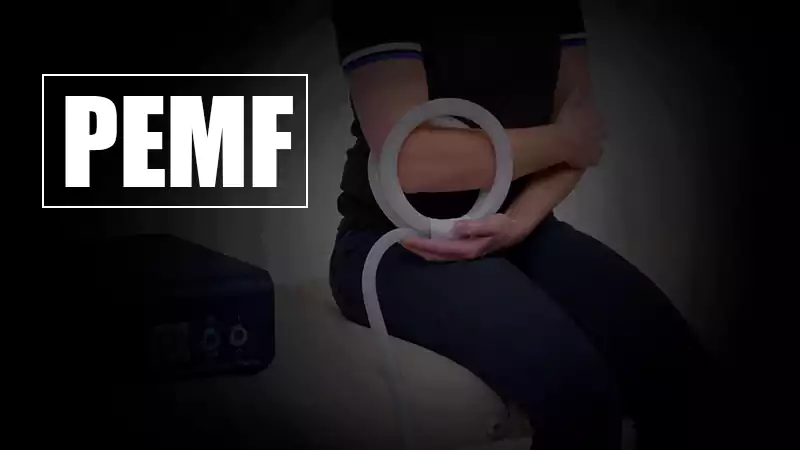Ostomy vs. Colostomy
Some diseases affect some organs to the extent that they need help with redirecting waste. In cases like this, you will need a surgical opening, usually around your abdominal area. The purpose of the opening is to allow urine, stools, and other wastes to leave your body without harming you. Sometimes, the ostomy or colostomy procedure is done permanently or temporarily. The reason for the ostomy will determine whether it will be a permanent or temporary ostomy. This guide will explain an ostomy and a colostomy highlighting their differences. Check out this cool pouch cover for a colostomy bag.
What is an Ostomy?
An ostomy is the mother of all surgeries requiring an opening in your body system. While many people compare an ostomy with a colostomy, a colostomy is only a type of ostomy. There are three types of Ostomy; colostomy, an ileostomy, and urostomy. For a colostomy, the problem is with your large intestine, and it needs the opening to excrete the wastes. The urostomy works to reroute the urine in your small intestine through the opening. Lastly, an ileostomy is a complex condition when your large intestine is not functional, and waste has to come through an opening in the small intestine.
What’s the Procedure for an OSTOMY?
For any ostomy, the procedure is always a surgical process. Also, all three types of Ostomy require a stoma. The only difference between the procedures for an ostomy is the organ that needs the opening for easy excretion. During an ostomy, a surgeon creates the opening in the abdomen and links the opening with any of the affected intestines. The opening is known as a stoma, and it usually has a dark pink color. In most cases, many people prefer to cover up the stoma with a pouch. That way, you wouldn’t have any waste staining your clothes or smelling out of your body.
What is a Colostomy?
A colostomy is a type of ostomy surgery that assists the colon (large intestine). The large intestine is the part of your body that transforms any remaining food and water into stools and feces. When a medical condition affects the functionality of your colon, the waste won’t find a way out. With a colostomy, there’s a stoma opening spanning to a minimum of 1 centimeter on the skin. In most cases, a colostomy surgery will go on at the left section of the stomach.
Types of Colostomy
Two types of Colostomy are popular, the loop colostomy and the end colostomy. For the loop colostomy, the surgeon will sew a loop of the colon out to attach to your skin and form the opening. For the end colostomy, the surgeon will sew one end of the colon to your skin, creating a stoma. For either one of the colostomy types, the surgeon has an option of two methods; open surgery. The surgeon uses a large opening to reach the colon or keyhole surgery, where smaller holes with a camera are used to locate the colon.
What are some medical conditions that require an ostomy or colostomy?
You’ll only need these surgical processes because of some medical conditions, which include; bowel infections, a flawed digestive system, cancer, to mention a few.











Share